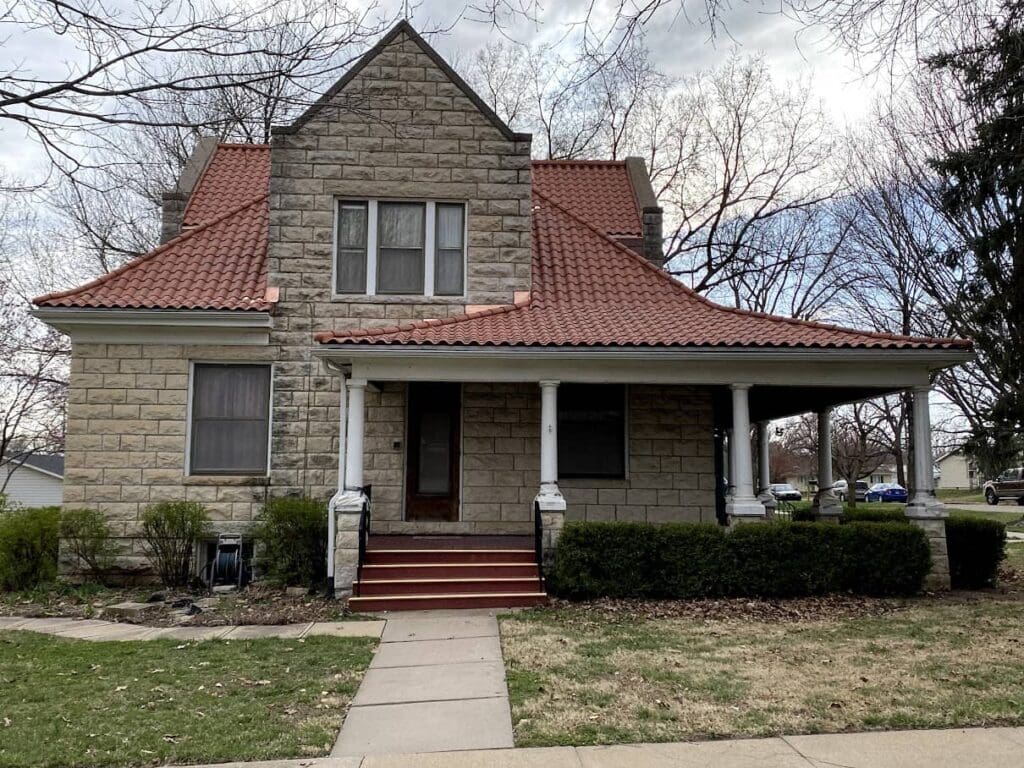Designed & Handmade with Care in Council Grove, Kansas
History of Limestone
Kansas Limestone: Born from an Ancient Sea
Kansas limestone, especially the kind found in the Flint Hills, has a rich geological history. Over 250 million years ago, Kansas was underwater — part of a shallow ocean called the Permian Sea. It was packed with marine life like coral, shellfish, and even ancient sea bugs. As these sea creatures died, their shells and skeletons settled on the sea floor, layer after layer.
Over millions of years, shifting tectonic plates pressed down on the ancient sea life buried in mud. With pressure and heat, those layers hardened into the limestone we see today — especially in the Flint Hills. You’ll often spot fossils in the rock, and the hills got their name from the tough flint (also called chert) mixed in with the stone.
This makes Flint Hills limestone a true organic stone, composed largely of fossilized sea life. Its composition gives it a dense, durable structure that’s hard enough to last for centuries, yet soft enough to be carved and shaped by hand. These qualities have made it a favorite for both buildings and sculpture.
This stone isn’t just old — it’s beautiful, durable, and full of history.
Kansas Geological Survey – Kansas Rocks and Minerals

